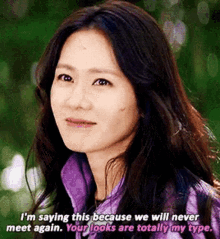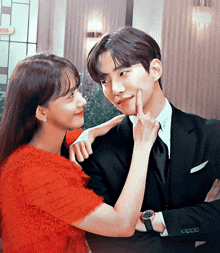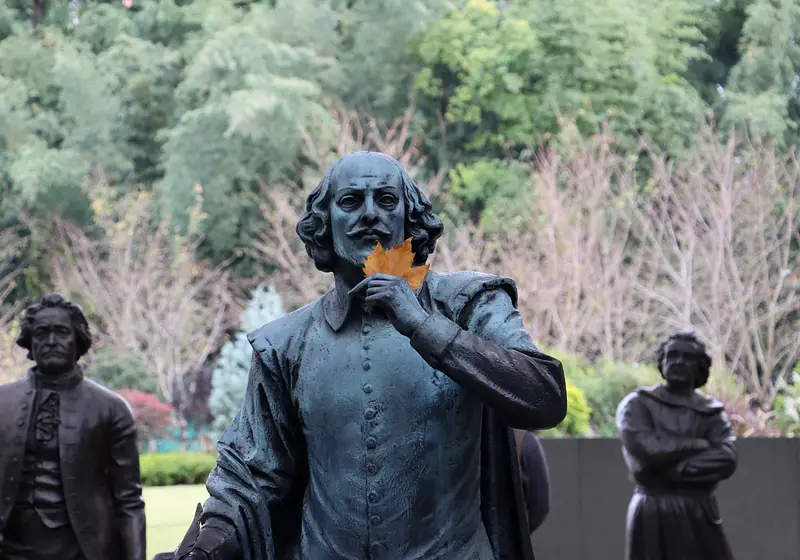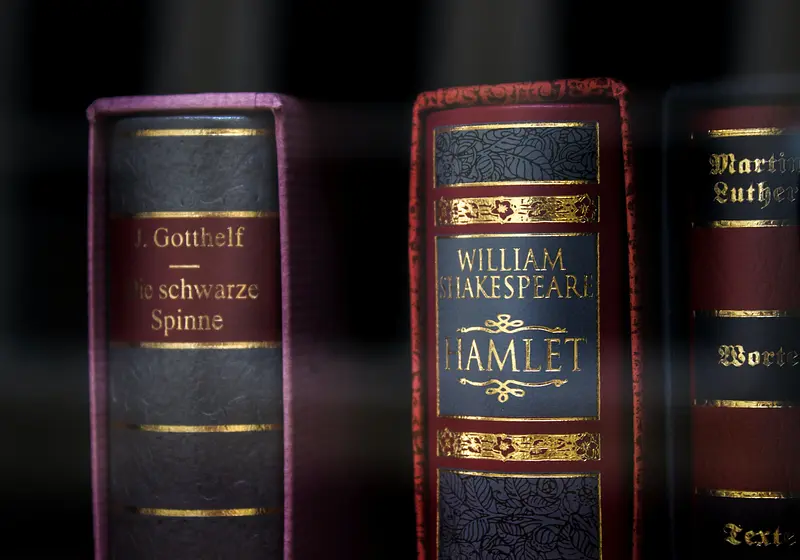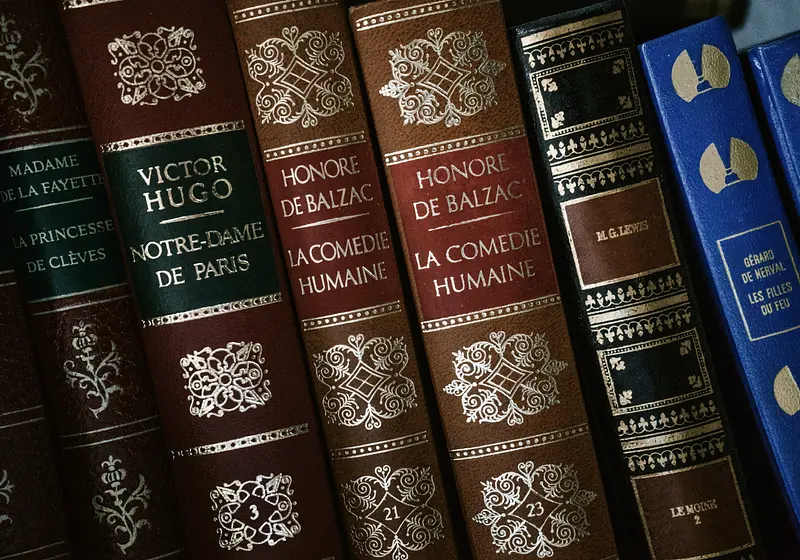Of course, Romeo and Juliet is at heart written by William Shakespeare, and that version should always be respected. But in the modern day, most girls aren't forced to marry young, nor do they die for love. So how can we make love to be better understood? Below will be some of my ideas on how to take off our rose tinted glasses, and explore the true depth of love outside of literature.
Romeo and Juliet as a Modern Tale
William Shakespeare’s phenomenal literary work Romeo and Juliet has been a cultural icon for centuries, adapted into many different plays, works, and forms. Every director, from Baz Luhrmann’s industrious yet coastal Romeo + Juliet to Jerome Robbins and Robert Wise’s urban and gritty West Side Story, has brought their own unique vision of what Romeo and Juliet could look like. How were they dressed?
How did they act? In each version, costuming, gestures, and dialogue has been utilized to convey the eternal themes of love, senseless hatred, and tragedy. Perhaps the scene that is most likely to get you holding your breath is the 3rd scene in the 4th act, in which Juliet drinks a potion that could help her be with the love of her life… or kill her in the process.
In my interpretation of the work, we watch Juliet’s fear and anxieties be spoken aloud as she makes the worst decision of her short life, using modified, understandable dialogue and gestures to make her tragic, rare story emotionally accessible to a modern audience.

Image Credit: Harbar from Unsplash
Emotions in Dialogue
The first noticeable difference between my interpretation of the piece and the original is the transition from 18th century to 21st century culture- shown through the dialogue’s word choice and performance. This is clearly shown through her babblings of her fears: what if, she asks herself, what if? Her nervousness is perceptible and recognizable to anyone from the modern century, and is reflective of the experience of anxiety in the current era. After all, who among us has not felt fear, has not felt irrational and persistence worries bubbling to the surface of their mind?
The lack of clarity in the original dialogue is detrimental to its purpose, as it reduces the impact of the scene- the adaption serves to better convey Juliet’s emotions in a way that the audience will be able to not only recognize in her but in themselves, in their own experiences, and therefore find an emotional connection between themselves and Juliet.
Created Expression by the Actors
My second proposed and utilized revision had been to use expression as a way of further reinforcing the impact of the scene. Juliet looks visibly affected and nervous when faced with the idea of marrying a man she had no love for, and even more so when faced with the inevitable choice of risking her life. Much of the audience is likely well practiced at reading faces- it is a skill we make use of every day in this world, especially as adolescents.
While much of a modern audience may not be skilled at interpreting literature, by making the expressions of the actors accessible and comprehensible, they are now able to understand the piece through more familiar terms: facial emoting. This again allows the audience to understand Juliet as a character and empathize with the situation she is placed in.

Image Credit: Yasser from Unsplash
Because of these outcomes, revising Romeo and Juliet to better encompass the emotional appeal of the piece through dialogue and expression could help a modern audience understand and care about the characters. They further drive home the sadness and fear that the two characters experienced, which also better helps the viewer understand thematic elements: how the consequences of your actions can be devastating, and what grudges and hatred drive a person to do.
While the original version of any piece should always be respected, sometimes altering and revitalizing a piece can bring it new readers and help it be seen in a new light!





